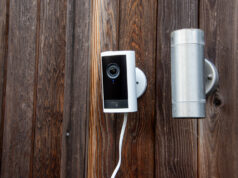The iPad Mini and iPad Air are totally different iPads designed for different uses, but what’s the difference between them?
Rather than focusing simply on the latest generation of iPad Mini and iPad Air, we’re going to discuss the range on the whole to see which is best for your needs regardless of the generation of device you’re after.
If you’re curious, we’ve given the same treatment to the iPad and iPad Mini, and the iPad and iPad Air too.
Price
When it comes to price, the iPad Mini has always been the cheaper option, likely down to its smaller display and slightly weaker processing power than its iPad Air counterpart. However, the price of both tablets has varied wildly over the past few years, going from relatively affordable tablets to something altogether more premium.
The iPad Mini 5, for example, launched with an RRP of £399/$399, while the iPad Air 3 launched at £80/$100 more at £479/$499. But with the more recent models sporting a significant redesign and new features, the price has risen quite sharply. The iPad Mini 6 now costs £569/$499 while the iPad Air 5 will set you back £669/$599.
Neither of these are quite as affordable as earlier generations or even the £369/$329 iPad 9, but the iPad mini remains a slightly more affordable alternative to the premium iPad Air.
Design and screen
The most obvious difference between the iPad Mini and iPad Air is size; as the name suggests, the iPad Mini is a smaller version of the iPad, while the iPad Air has ballooned in size in recent years, growing from its original 9.7-inch display in early generations to a 10.9-inch panel with the latest iPad Air 5.
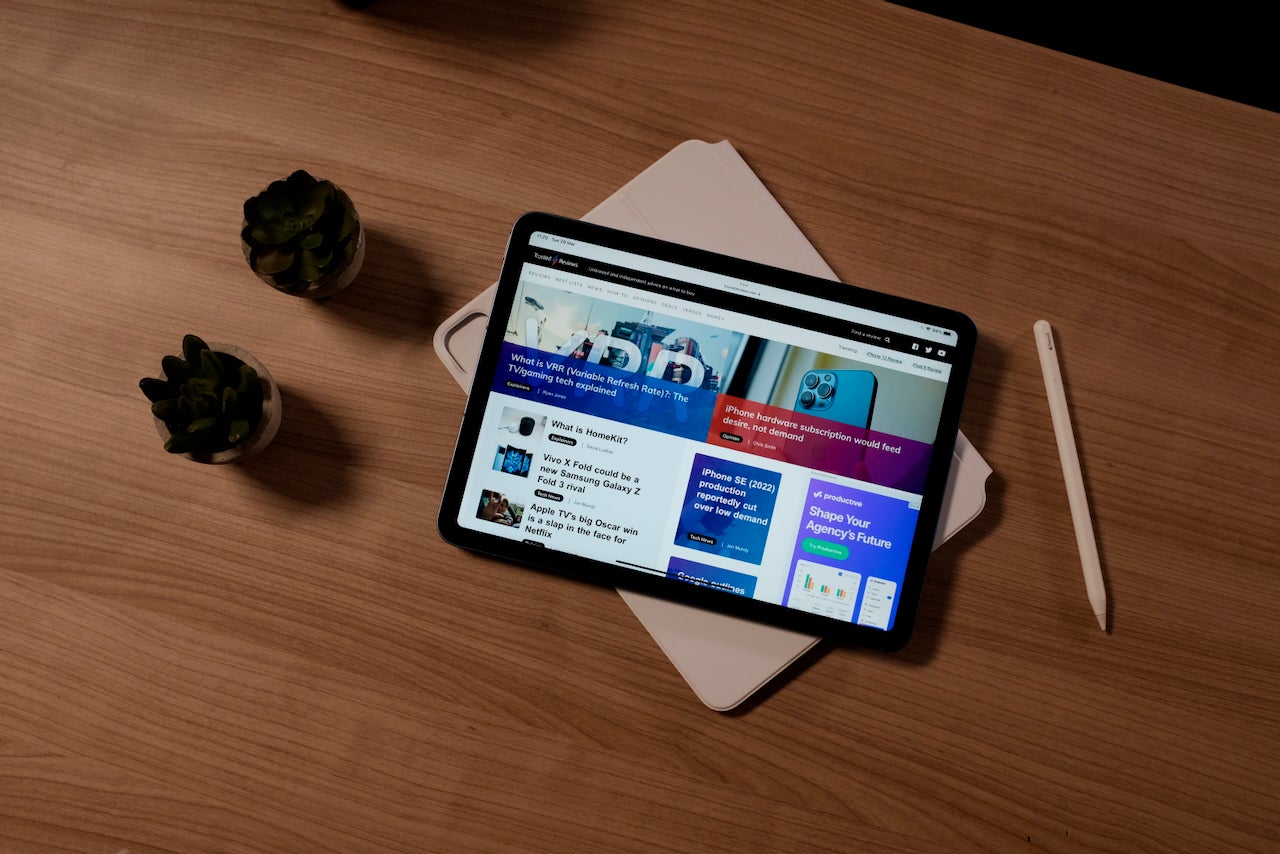
Early versions of the iPad Air sported a similar design to the entry-level iPad, complete with large bezels and a Home button, but it was redesigned to more closely resemble the iPad Pro range with the iPad Air 4. This saw the bezels shrink significantly, the Home button disappear and the use of a much more premium design, and the design has remained consistent since.
The iPad Mini’s display size has remained consistent through most generations, with the first five iterations of the iPad Mini sporting the same 7.9-inch display and a look not dissimilar to the entry-level iPad. That all changed with the redesigned iPad Mini 6, however, sporting an updated design mirroring that of the iPad Air, and a larger 8.3-inch screen to match. But despite the larger display, the tablet’s overall dimensions largely resemble those of its predecessors.
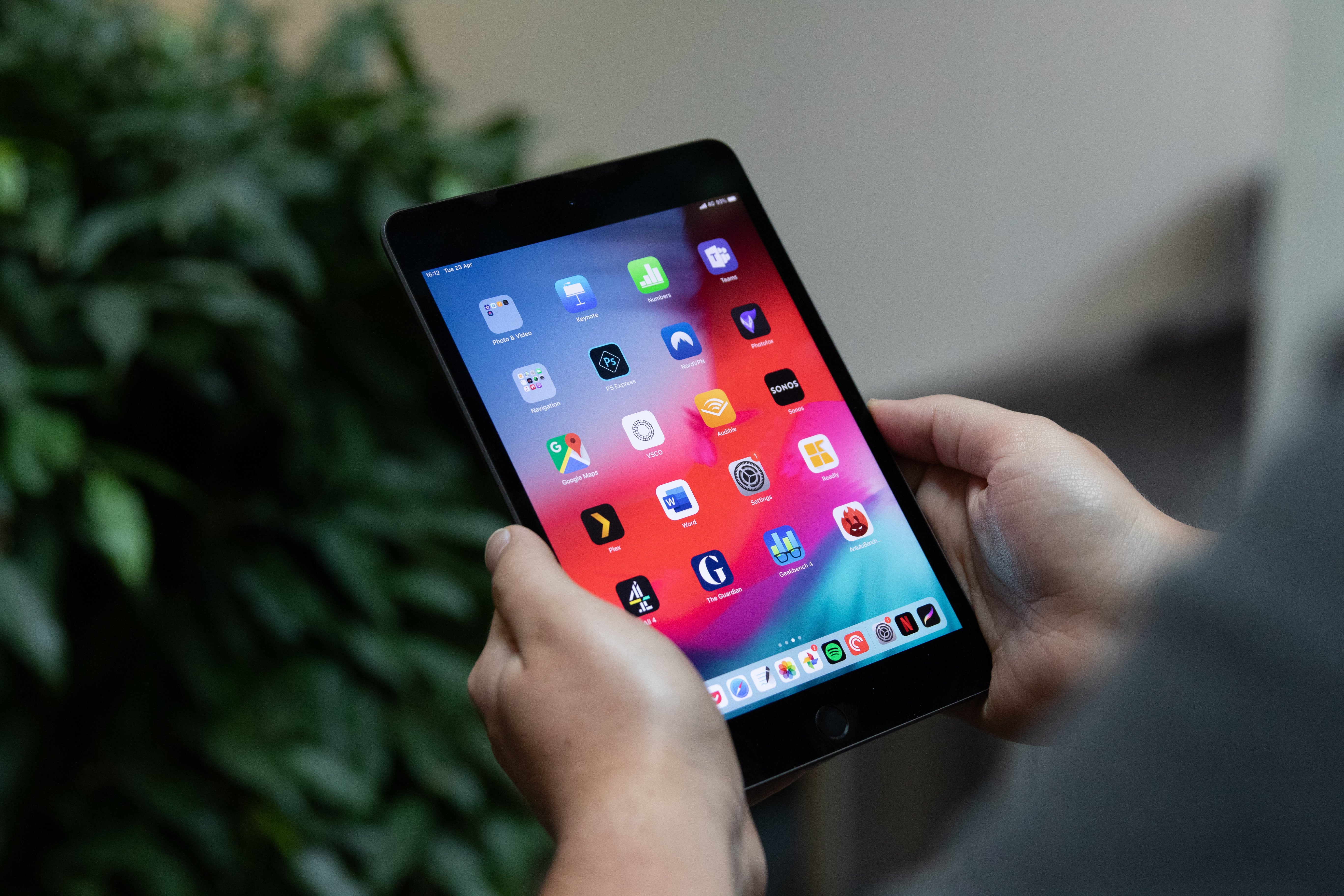
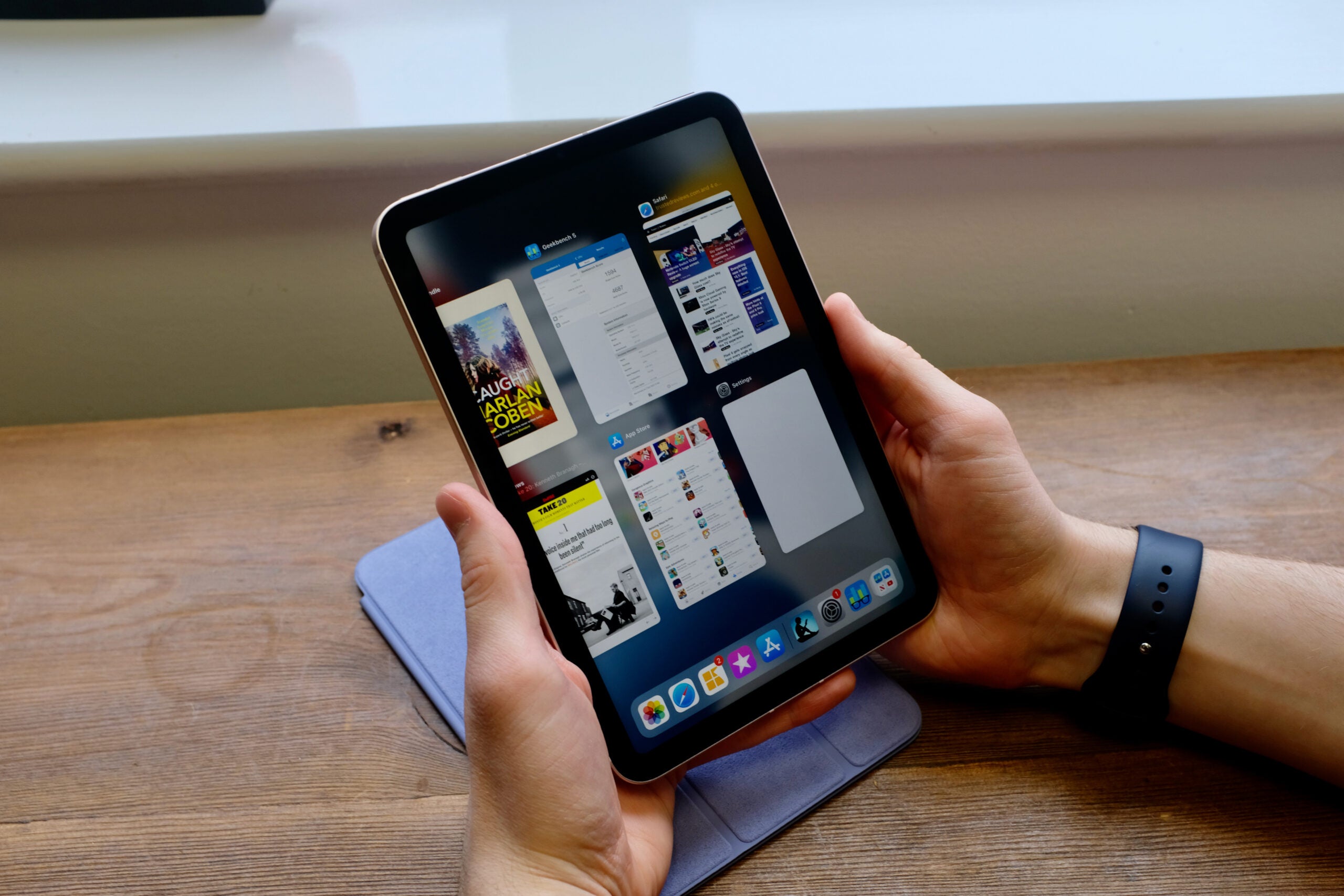
This makes the iPad Mini the most portable iPad in the collection, with its small dimensions making it easy to slip into a bag or even a large pocket, and it’s easy to use one-handed too. The iPad Air, conversely, is the better tablet for split-screen multitasking and gaming, with a much larger display than its Mini brethren.
Processing power
In terms of processing power, the iPad Air generally has more graphical oomph than the iPad Mini. That’s just as true with the newer models as older models in the range, with the iPad Mini usually sitting between the base iPad and the iPad Air in terms of price, and performance reflects this.
Take the previous-gen iPad Air 4 and iPad Mini 5 for example; the former sports the A14 Bionic while the latter sports the A12 Bionic, giving the iPad Air a two-generation lead in the processing department. That won’t be that noticeable in day-to-day use, but it could make all the difference when running processor-hungry apps like LumaFusion Pro or Procreate.
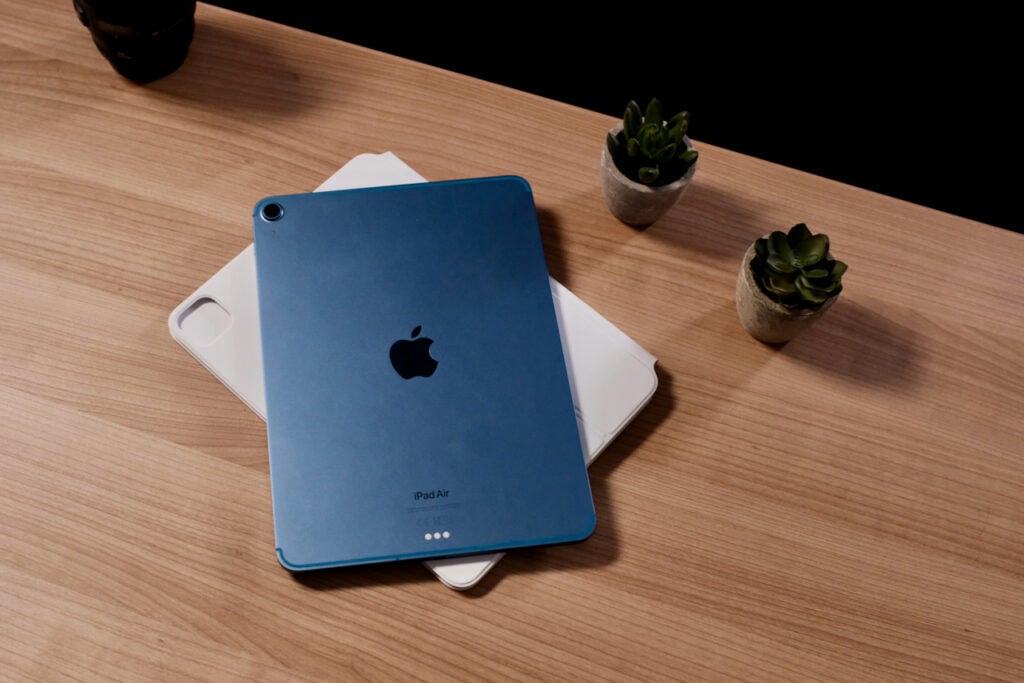
More recent generations of iPad Mini and iPad Air have seen that gap grow even larger. Despite the iPad Mini getting an overhaul in its sixth generation to resemble the iPad Air, processing power remained elusive. To the iPad Mini’s credit, the A15 Bionic was the same as that of the flagship iPhone 13, but it can’t quite compete with the iPad Air 5’s Apple M1 chipset.
The Apple M1 chipset is the same found not only in earlier versions of Apple’s iPad Pro, but the MacBook Air and iMac 24 too. So while the iPad Mini tends to offer great performance, the iPad Air always seems to best it.
Accessory support
While the two tablets may sport the same overall design, accessory support is one key area they differ.
The iPad Air, like the new iPad 10, offers support for the second-gen Apple Pencil, allowing it to snap to the side of the device when not in use, as well as its own Magic Keyboard, Apple’s premium keyboard and trackpad system. Combined, these turn the iPad Air into a fully-fledged work device with a great typing experience and a handy stylus for note-taking or creative work.
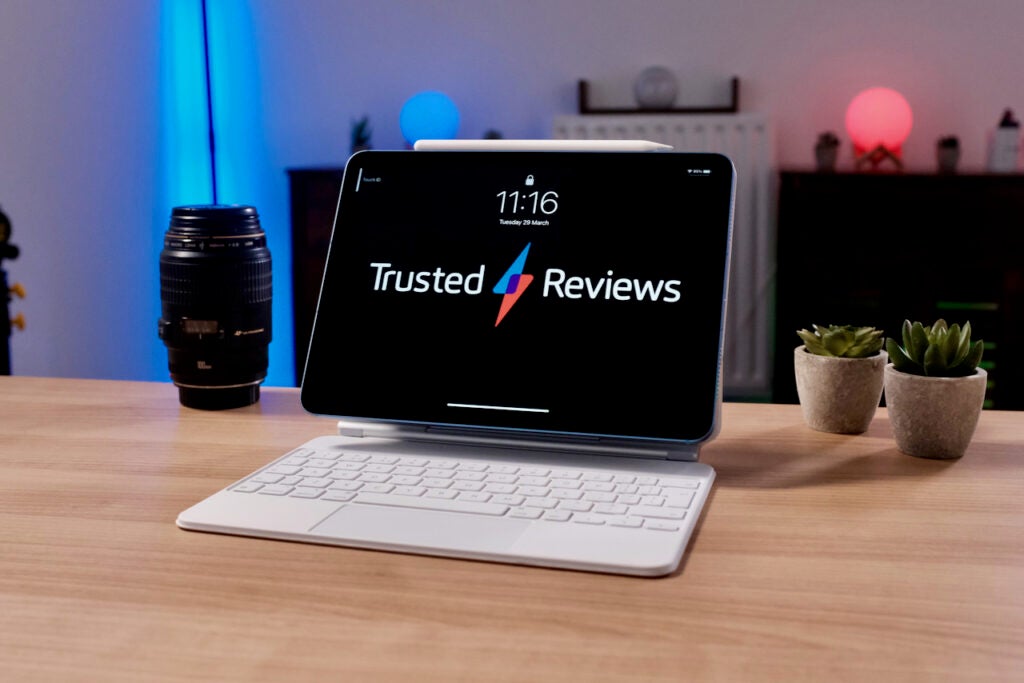
Admittedly that’s only the case with the iPad Air 4 and 5, with the iPad Air 3 offering only first-gen Apple Pencil support. There are, however, keyboard folios available for the earlier generations in place of the snazzy Magic Keyboard of the latest models.
On the other hand, the latest iPad Mini only boasts support for the second-gen Apple Pencil with no dedicated Magic Keyboard for the small-screen tablet. That’s likely down to the dimensions of the tablet and the fact that the keyboard would need to be pretty cramped – and that wouldn’t be great for the typing experience.
Going back to older versions of the iPad Mini, support wanes even more, with the iPad Mini 5 offering support for the first-gen Apple Pencil but not much else.
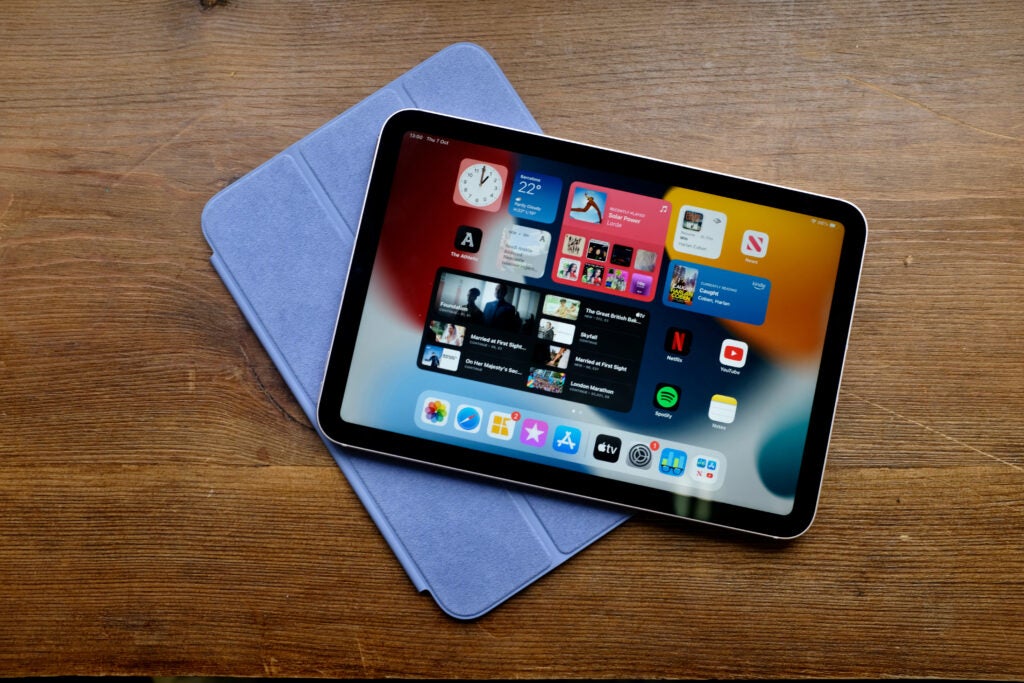
You can still connect a standard Bluetooth keyboard to the iPad Mini, but it’s not the all-in-one experience the Magic Keyboard offers.
Software
When it comes to software, both the iPad Mini and iPad Air run the same version of iPadOS with yearly updates further improving the experience on offer. That means that you can split-screen multitask, use the same apps, or even use the tablet as a second display when connected to a Mac, though whether that experience will be better on a small or large screen will depend on what you’re doing.
However, the latest iPad Air 5 has a trick up its sleeve in the form of supporting external monitors, allowing you to run different apps on different displays – the only non-pro iPad to offer the functionality. It’s essentially down to the upgraded Apple M1 within the latest iPad Air, which Apple deems powerful enough to power the experience.
Though you can mirror your display on the iPad Mini and older versions of the iPad Air, only the iPad Air 5 and iPad Pro range will let you use a second display independently.




